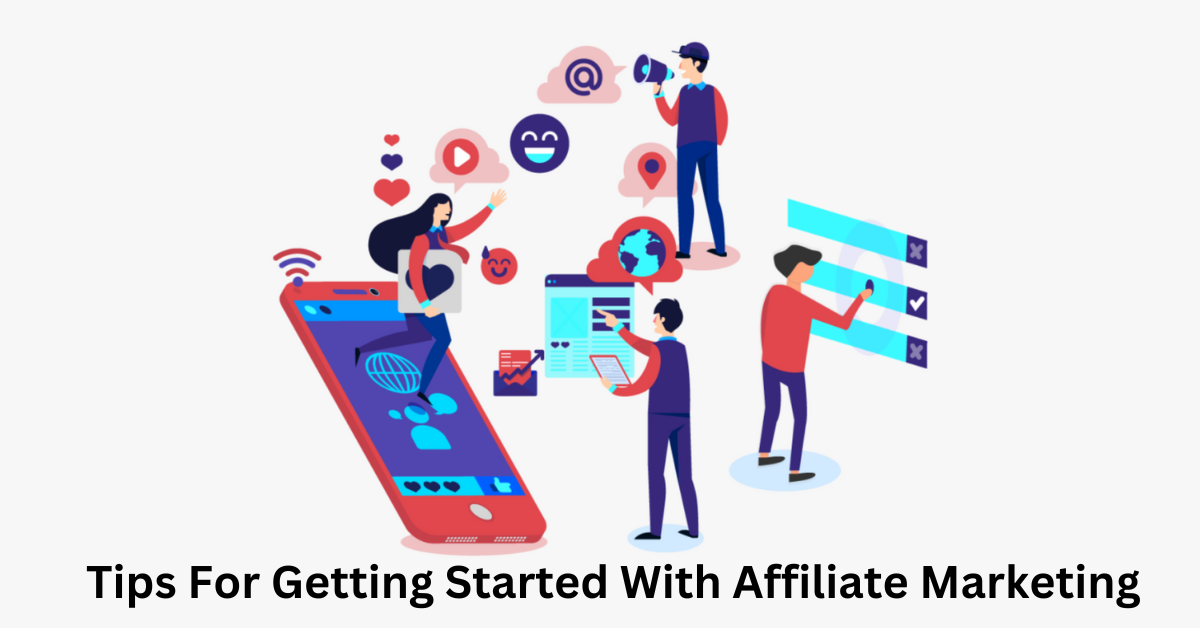The growing popularity of e-commerce has made it a critical component of the global economy, leading many businesses to turn to online channels to reach their customers. Nonetheless, despite this trend, achieving profitability remains a significant challenge for e-commerce businesses. It is crucial to comprehend the various factors that can affect e-commerce profitability, as they can inform the optimization of strategies and the attainment of long-term success.
These are some of the primary factors that can impact the profitability of an e-commerce business:
- Competition
- Customer acquisition and retention
- Traffic and conversion rates
- Product pricing
- Business model
- Target market
1. Competition
The e-commerce industry is characterized by intense competition, and maintaining profitability requires businesses to distinguish themselves from their rivals. To achieve this, businesses can offer distinctive value propositions, innovative products and services, and exceptional customer experiences. To differentiate themselves, businesses can tailor their offerings to appeal to their target market, such as providing faster shipping, lower prices, or superior customer service. This strategy can attract and retain customers, leading to increased profitability over the long term.
2. Customer acquisition and retention
Obtaining new customers can be an expensive undertaking for e-commerce enterprises, necessitating careful consideration of various factors while developing strategies to entice potential customers. Identifying the target market, creating compelling marketing campaigns, and establishing a robust online presence are among the factors to consider. Social media marketing, search engine optimization, and pay-per-click advertising are all popular approaches used by e-commerce businesses to attract new customers. To motivate repeat business and foster customer loyalty, loyalty programs and rewards are effective tools. These initiatives frequently provide exclusive perks, such as discounts, free shipping, and other benefits that are only available to loyal customers.
3. Traffic and conversion rates
In the realm of e-commerce, traffic denotes the number of individuals who visit an online store, while conversion rates represent the percentage of these individuals who complete a purchase. Both metrics play a critical role in determining the profitability of an e-commerce venture. Boosting traffic is vital for expanding a business’s customer base and driving sales. To achieve this objective, various tactics can be employed, such as search engine optimization, social media marketing, and paid advertising. Nonetheless, it’s important to bear in mind that not all traffic is of equal value. It is imperative to attract high-quality traffic from the target audience, as such visitors are more likely to make purchases and positively impact a business’s bottom line.

4. Product pricing
Establishing the appropriate pricing strategy is a critical element of achieving profitability in e-commerce. It can either aid in attracting customers and driving revenue or result in losses and reduced profitability. Several factors, including production costs, market demand, and competition, must be considered by e-commerce businesses when determining product prices. Additionally, comprehending the target market’s ability and willingness to pay for the product is crucial. Overpriced products can discourage potential customers, while underpriced products can raise doubts about their quality.
5. Business model
The profitability of an e-commerce business can be significantly impacted by its business model. Various business models such as dropshipping, wholesaling, and retail have distinct profit margins and require different levels of investment. The business model of an e-commerce company serves as the framework for its operations, revenue streams, and cost structure. Selecting the right business model is essential for achieving profitability and long-term success in the e-commerce industry. The direct-to-consumer (D2C) model is one of the most popular business models for e-commerce companies. Under this model, companies sell their products directly to customers through their online store, avoiding the traditional brick-and-mortar retail channels.
6. Target market
The profitability of an e-commerce business is significantly affected by its target market. Understanding the demographics, preferences, and purchasing habits of the target market is essential when creating marketing campaigns and product offerings. Various tools and strategies can help e-commerce businesses identify and target their ideal customers. These tools may include website analytics, social media insights, customer surveys, and focus groups. By gathering and analyzing data on their target market, e-commerce businesses can tailor their marketing messages, product offerings, and pricing strategies to appeal to their audience.
Conclusion
The profitability of an e-commerce business is influenced by various critical factors. These factors include competition, customer acquisition and retention, traffic and conversion rates, product pricing, and business model. E-commerce businesses must understand their target market’s needs, preferences, and purchasing habits to develop effective marketing campaigns, product offerings, and pricing strategies. Tools such as website analytics, social media insights, customer surveys, and focus groups can help e-commerce businesses identify and target their ideal customers. By continuously evaluating and adjusting their strategies, e-commerce businesses can remain competitive and achieve long-term profitability in the dynamic and rapidly evolving e-commerce industry. In conclusion, by focusing on these critical factors and making data-driven decisions, e-commerce businesses can succeed in the online marketplace and thrive in today’s global economy.





